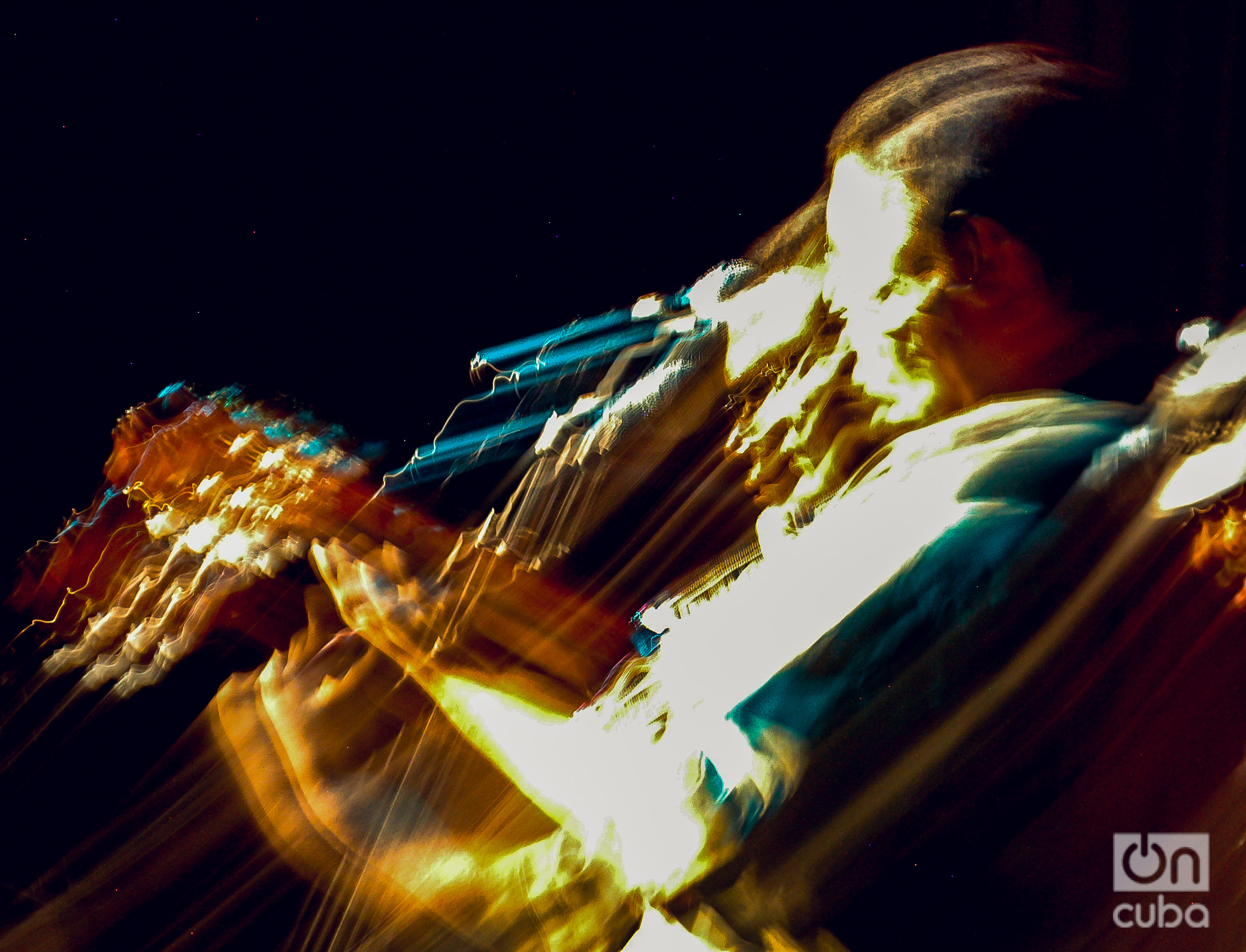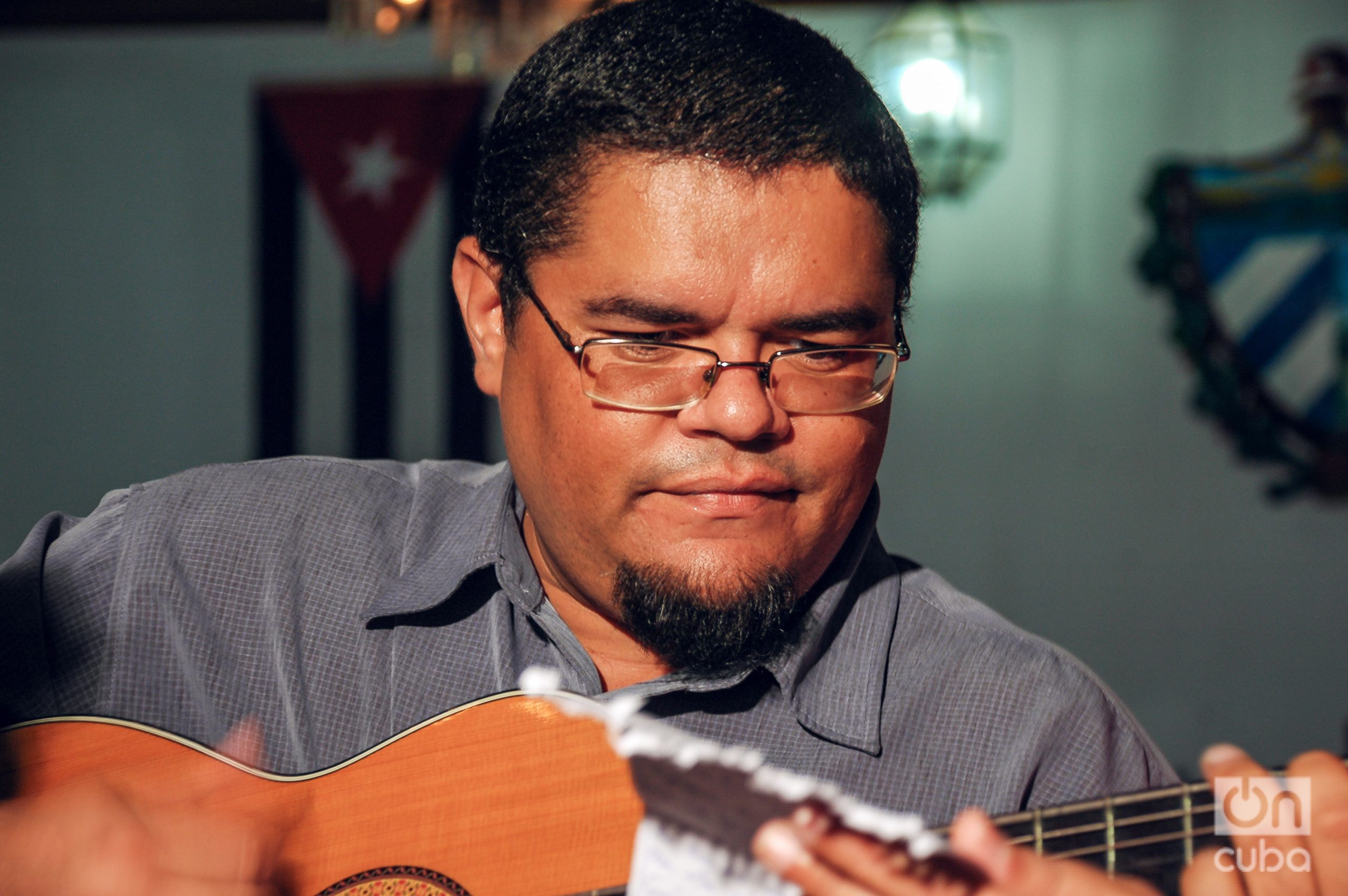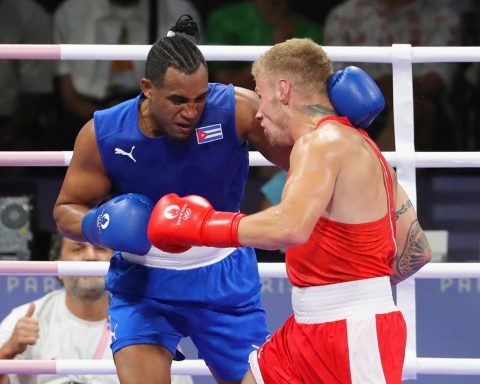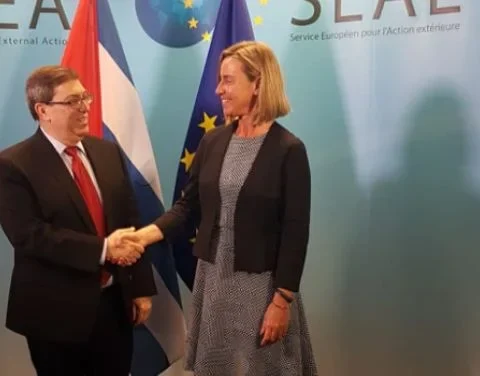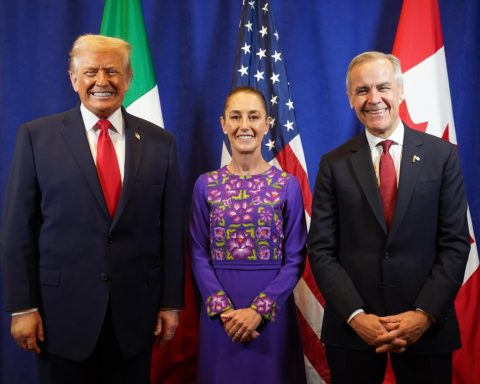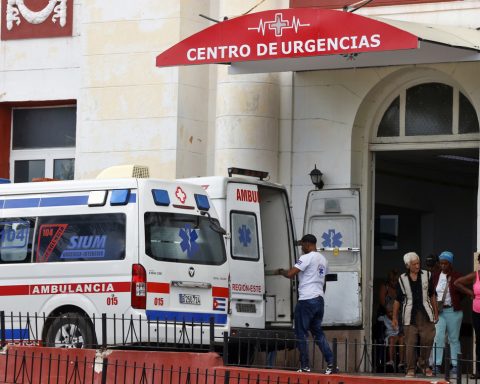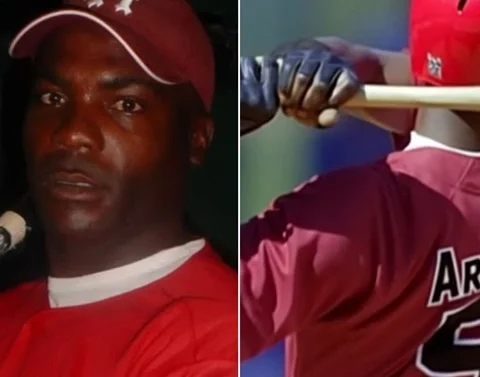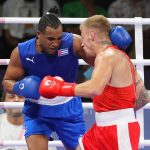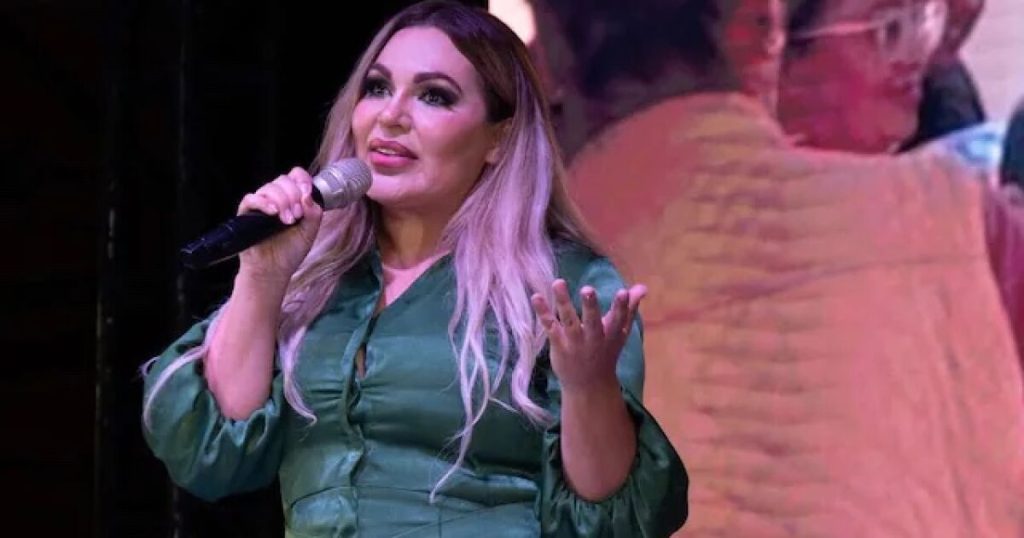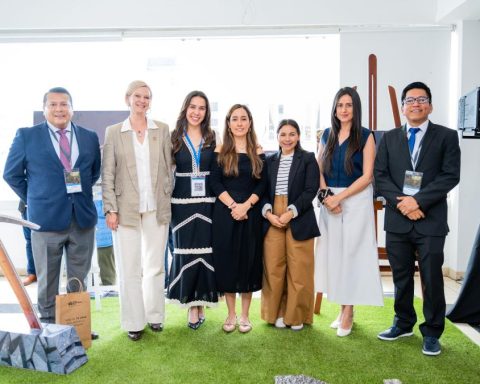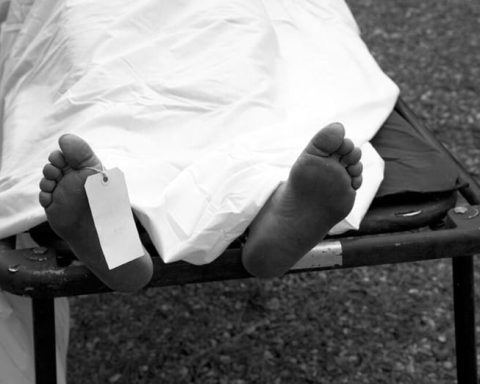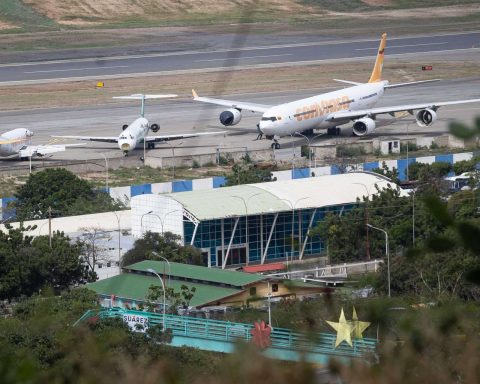The day February 4 came the news That the troubadour Eduardo Sosa, with only 52 years, had suffered a stroke and was admitted to the General Teaching Hospital Dr. Agostinho Neto, in Guantanamo. Since then, several times a day, reports on your health are disseminated. We are always shaken a few words that are repeated: “reserved prognosis.”
In social networks, his friends, musicians, artists, and many people who want him and want Burbotones of love messages and good omens from many latitudes.
Without planning, a prolonged song is being born spontaneously to scare sadness amid uncertainty. Just as many of us once cling to their songs, their verses, to their powerful voice as a refuge and shelter, now we send a collective clamor to reach that intensive care room where Eduardo clings to life.
My vigil has me with a constant eye on the cell phone, pending the daily medical parts, of their family, of the nearby friends who share this anxiety.
Meanwhile, I review with nostalgia those photographic rolls of more than twenty years ago, where in some frames inhabits Sosa with his guitar.
At the same time, I explode more recent images, stored in Gigabytessaved on a hard drive or in the memory of my phone.
And as the images emerge, the memories gather. Rememoro and Entrelazo Concerts, downloads, conversations and photographs while, in random, background, their songs sound.
The first encounter
“Compay, me Tell me a troubadour. I am a troubadour, ”he told me with an accomplice smile and a dose of Guapería after he called him four or five times singer -songwriter as a troubadour synonym.
That was about twenty years ago, in our first meeting. I never forget. I understood that with Sosa you have to go straight, without half inks.
And he was right. A troubadour is not just someone who makes songs and sings them. Today’s troubadours come from a much longer tradition in time, and have a very its own way of living life and art. The troubadour proposes, tries not to make concessions to like, but to make feel and think.
There is that coherence of the troubadour in Eduardo Sosa, which goes from Pepe Sánchez, and focuses on the trova, it is definitely one. Contexts change, while universal themes – love, heartbreak and social disagreements – last in the songs.
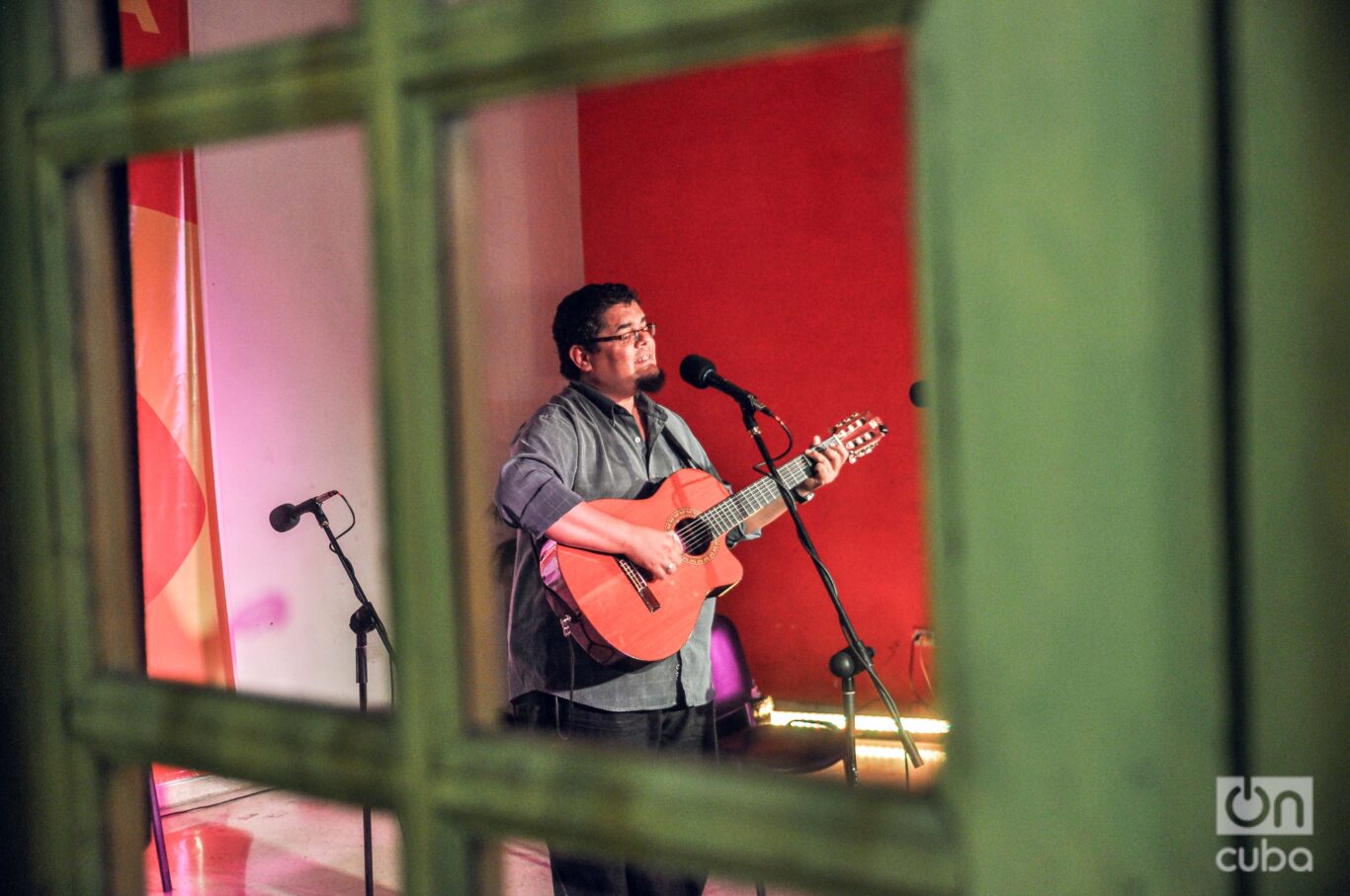
Hilda’s son
On April 18, 1972, Eduardo Sosa Laurencio was born. It was in the mountainous village of El Jobo, coffee area of the second front municipality, in Santiago de Cuba, where his family, of mambisas roots, had a farm. Shortly after they moved to Tomb seven, a neighboring town, where Eduardo spent all his childhood and adolescence.
A leap in time takes us three decades later, on a night in which, in a casual way, I spent the night in Tomb Seven during a trip with friends for those geographies.
I clearly remember that I told some locals that I was a friend of Sosa, and, surprised, they asked me: “Who is it?” I replied: “Eduardo Sosa, El Trovador.” One of them exclaimed: “Ah, Eduardito, Hilda’s son! It is the pride of the people. ”
For those of his homeland, Sosa is still “Eduardito, the son of Hilda”, even if he would reach the great capital and go on television, stop him on the street to ask for photos and autographs, turn internationally; He even managed to excite Fito Páez himself with his version of “a dress and a love.”
His people boast just to have him as a representative. And the troubadour is proud of his homeland girl with tomb seven and being “Eduardito, the son of Hilda.”
The first song that he remembers listening, when he was 4 or 5 years old and did not raise a meter from the ground, is “Twenty years”, by María Teresa Vera and Guillermina Aramburu. He listened to his grandmother Elena, who was humming her all day. It was his favorite.
For Elena, who sowed the seedbed of music, Sosa composed “Mountain morning”:
Mountain morning
And my grandmother who sang
To sweeten the coffee.
The smell of a guava
And a scare of keeping
When the first love left.
Rocío doing magic
Lucecitas that I never forgot
My pirate stream
That in whisper told me
Of his duels with the sea
He who couldn’t get
But I dreamed.
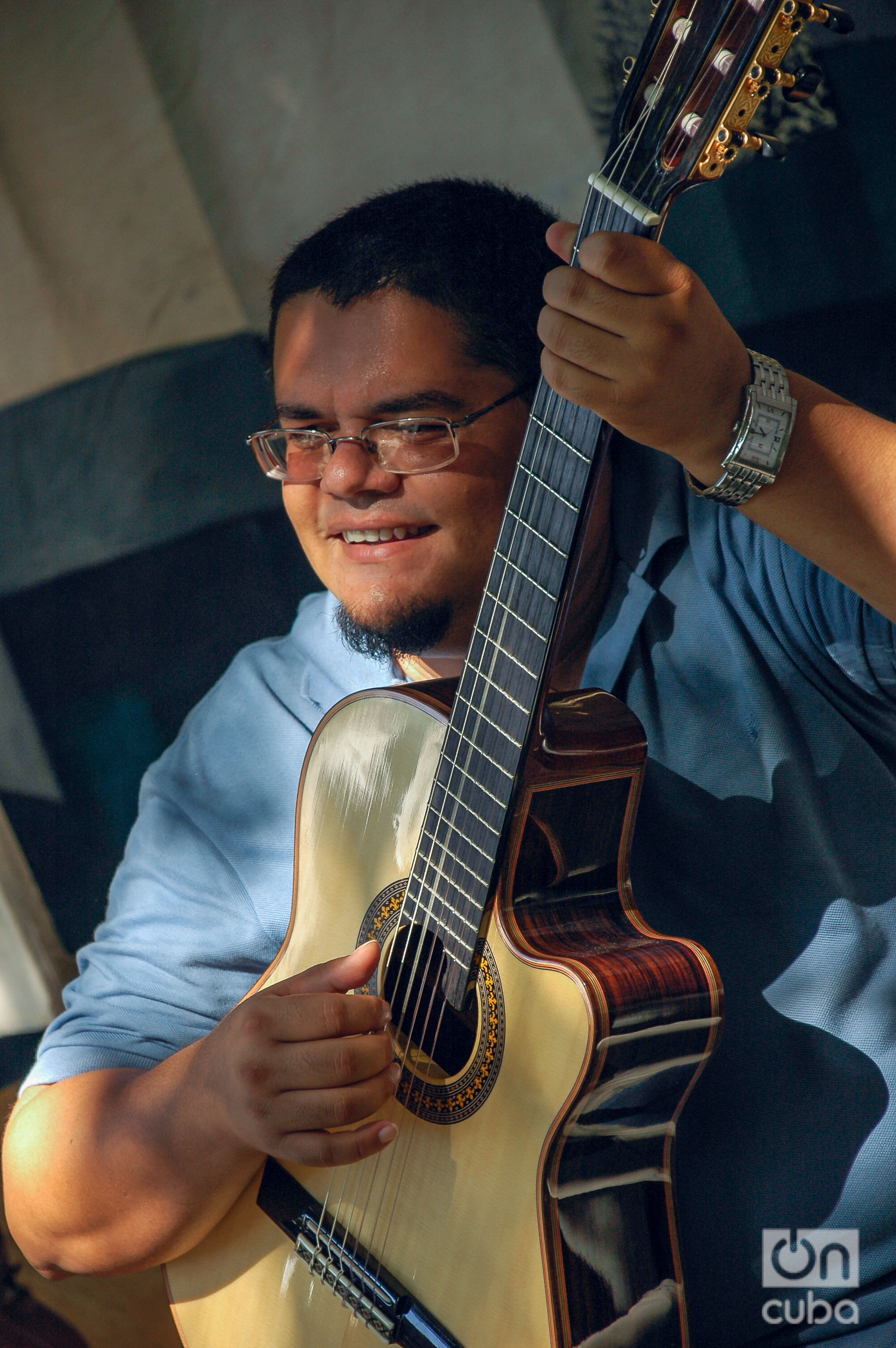
The guitar
His grandmother and mother were the ones who gave him his first guitar. He was then 14 or 15 years old and was a scholarship in a high school in which, in addition, someone lent him the book That lift your hand the guitar, Where poets Luis Rogelio Nogueras and Víctor Casous interviewed Silvio Rodríguez, and include some lyrics of their songs.
From there they say that, while in the place of Tomb seven the melodies of Juan Gabriel, the green cakes, José José, Julio Iglesias or Nino Bravo, a guajirito sang Silvio’s songs and recited César Vallejo.
From that school he took any opportunity to escape to the city. He always devised a plan, such as unraveling with a scalpel the tiny screws of the legs of his mirrors so that they seem broken.
With that excuse, they allowed him to go to fix them in an optics of the center and then, going down in Plaza de Marte, repurchased his glasses and ran happy to the house of the trova of Santiago de Cuba, where he spent hours listening to the old troubadours
He entered the Frank País Pedagogical Higher Institute, where he studied a degree in Musical Education. In FEU fans festivals he shared his first songs. They were the hard years of the special period. In those scenarios he met Ernesto Rodríguez and formed the Postrova duo. The legend was born!
https://www.youtube.com/watch?v=umbhxb-7u5o
POSTROVA
There were five years of intense experiences and consolidating a deeply identity sound. They traveled to Havana, slept in friends of friends and even at the terminal, and played in every corner where they were given a chance. They always caused comments and admiration.
They became sponsored by José Luis Cortés “El Tosco” himself and managed to appear in unthinkable spaces for two troubadours such as the House of Music, at a time when the sauce was in full swing.
They also appeared on the big screen, in the movie Amanda’s prophecies, interpreting a version of “we” against Daisy Granados.
Amid all that sequence, a contract arrived and signed with a record multinational. They recorded their first album, with very good reception and criticism. Today is a kind of cult album. In it is, among other themes, “Santiago tells me that”, an out -of -the -series version of “Son de la Loma” and “Text to Martí”, the musicalization of the first two stanzas of poem XLVI of the simple verses. This theme would also become a solo career classic Eduardo Sosa.
They crossed the Atlantic, landed in Spain and recorded another album; They had Ana Belén’s collaboration in “La Cleptómana.” But that plaque never saw the light. Finally, the duo separated. The roads of Eduardo and Ernesto bifurcared.
https://www.youtube.com/watch?v=-tv1vbwhlhu
The 30’s arrived and left
At the beginning of this century, when Sosa outlined his solo career and his songs circulated – on a whole album entitled After thirty, recorded in a live concert at the Pablo de la Torriente Brau center, in the “Clean guitar” space-he gave me the interview that I speak at the beginning of this text-vigilia.
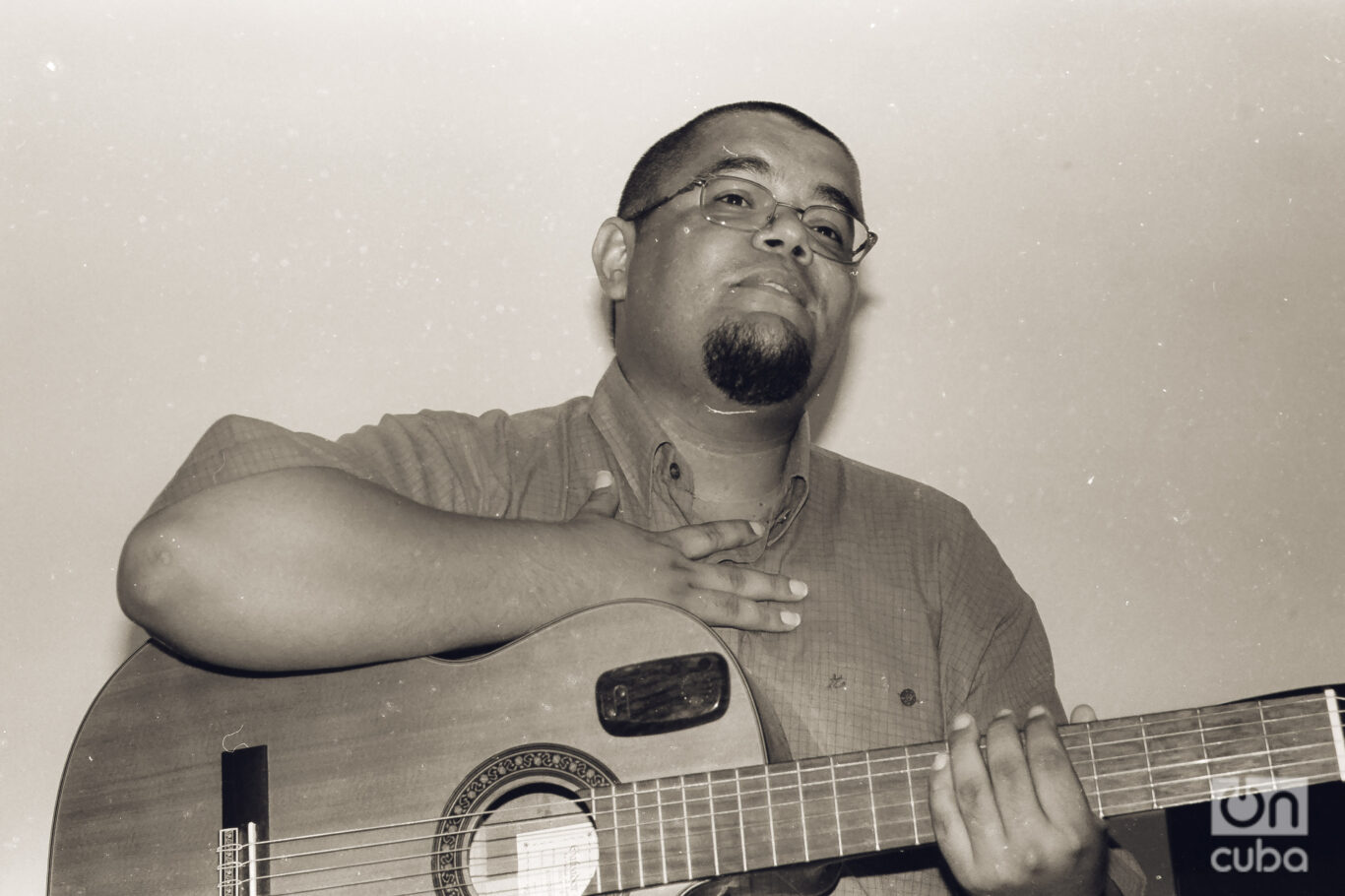
I was then a journalism student in the process of entering the world of photography. The troubadour and his work captivated me. Particularly, the song that gives name to the album.
The theme became a mirror where to look at me in the future: in his verses he found a position to life: a declaration of principles.
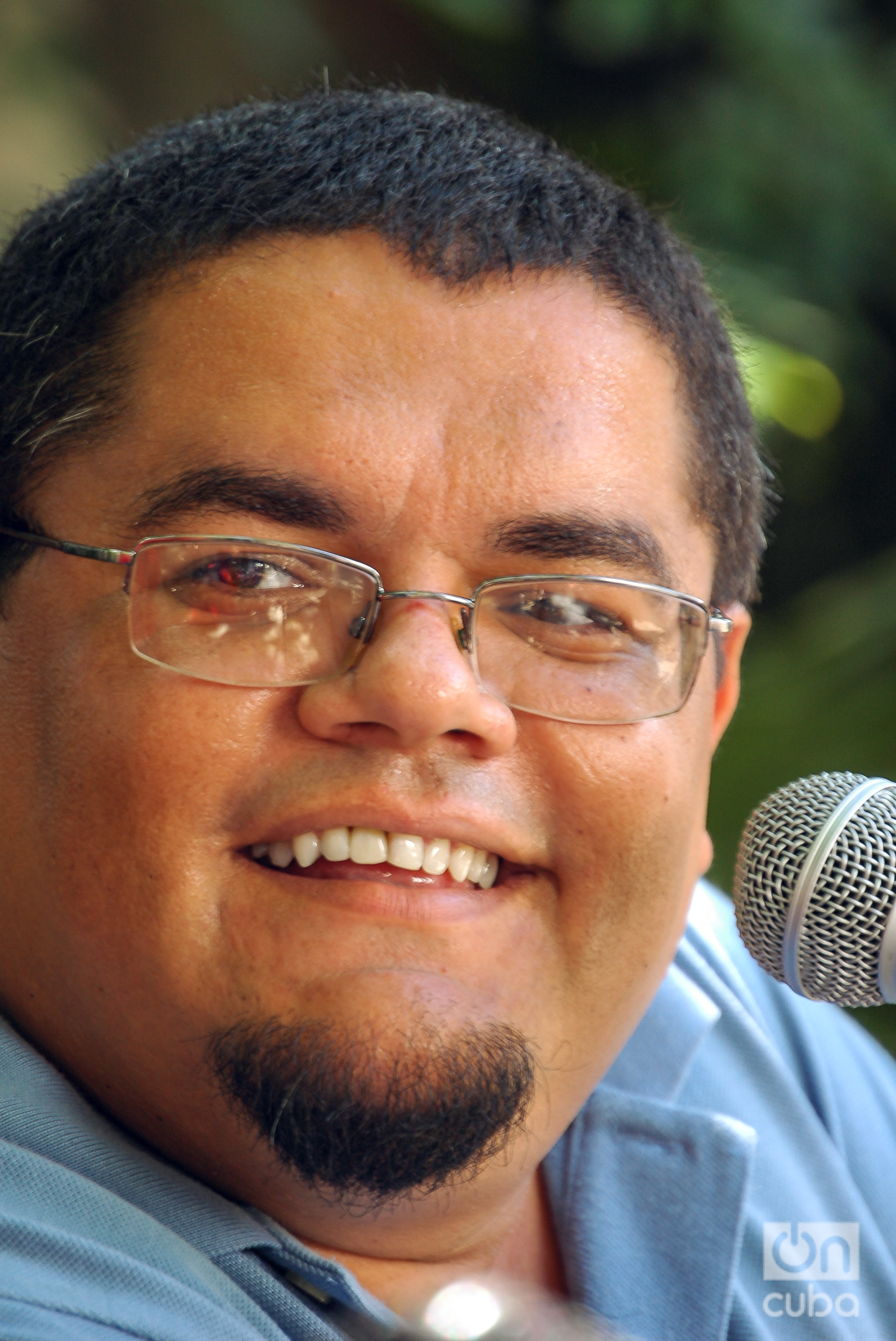
Past thirty blow the wind the wind
And I think it’s still time to challenge the clock
To discover mysteries, to have any of them
Not losing the center and improving what happened.
After thirty my soul wants to walk
Without looking at the sides or feeling any fear
I illustrate that I warn it so much, I illustrate.
Past thirty follow the disagreement drilling
And I get on every day to start
The narrowest streets attract a lot of attention
closer to the walls even greater.
After thirty I prefer not to find
It is better to be carved step by step the reason
The black, the white already had their moment
And there is much more color.
And I dream so much and sleep less
that a while ago I am born to me in your sky
I give letters to God as long as my two hands also decide in the game
I open my arms, death I know you are waiting for a day to fall in love.
There is no remedy and meanwhile
I am breathing the impatience of what will come
planning to find yourself in each truce of the road
raising candles although we blow some bad wind
To stay here in my nest
past thirty, I believe in difference
And only in love I trust.
After the thirty, the penalty and disappointment have already hurt
And more than a deal with me
They taught me to walk without cane
They left me ghost elves and some friend.
But bad or well I don’t fear risk
And I know that a good reason always attracts rumor
I discuss my plans when they come out to fly
And I still avoid heartbreak.
https://www.youtube.com/watch?v=pe_jdloa8yo
A voice torrent
The Spotify algorithm does not understand why Eduardo Sosa’s albums to listen and, among them, among them, among them, “past thirty.” It excites me as the first time I heard her.
Even now that I spend the 40s and that Eduardo himself conquered the fifty -more; And that since that interview of more than twenty years ago we began to be close and to share a circle of friends and affections.
That song, in his voice torrent, where he ascends in the middle, right where he says “I am born to me in your sky”, I still protect me: “Only in love I trust.”
Nagüe, good day
He always laughs when I ask him to sing that song again and again. “Company, which I spent a long time ago,” he said on one occasion. You can compose a second part, “after fifties,” I said, after, for example, Rafael and Claudia, their children, reached their universe and made the desired in “Claudia come” come true, another of its most tender and most Sublime songs.
A couple of years ago we saw each other in Buenos Aires. “Nagüe, good day. I called you because I’m ready; When you want, we leave ‘to infinity and beyond’ ”, he wrote to me on WhatsApp.
And so, we went out to retrace the city.
https://www.youtube.com/watch?v=NCl2yt1vld4
As in Havana
While we walked through San Telmo, the neighborhood where Mafalda was born, we were up to date, we talked about those affections that we shared and unite us, about Cuba, about Silvio and Tomb seven.
Sosa made me feel, without even knowing it, as if we were walking along Havanera Calle 23 in the direction of the Malecon, to download until dawn – rones through – and see those songs from the old trova pass, with their stories that Eduardo knows how nobody.
Between laughs and memories, the Buenos Aires seemed to mix with the sailor breeze of Havana, and the city became, at times, in that invisible bridge where the chords of the troubadour floated among us.
Here we are, Guajiro “Good Heart”, in this vigil that is nothing more than a sustained beat, a wait that is filled with memories and prayers. And although the revolt despite, although uncertainty oppresses, we are still here, clinging to your voice as you right now, holding with faith the invisible thread that unites us.
